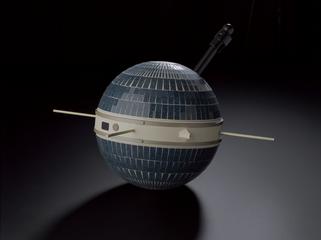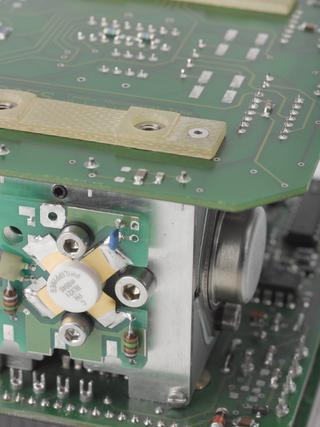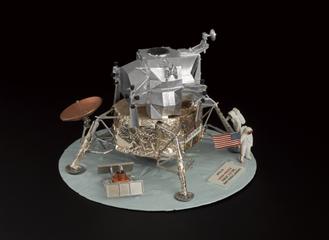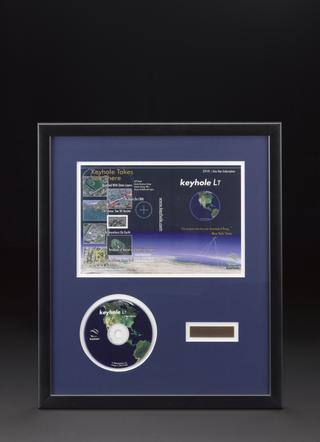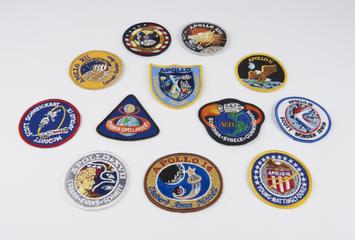
Two packets of seeds, one packet exposed to space and one control packet
- Made:
- 1984-1989 in United States

National Aeronautics & Space Administration (NASA) envelope marked "Space Shuttle STS-32/Columbia", containing two sachets marked "Space Exposed Seed" and "Earth-based seed" respectively
These seed packets were part of NASA’s ‘Long Duration Exposure Facility’ (LDEF) project, a particular experiment in conjunction with Park Seed to observe the effects of deep space on seeds. Millions of seeds were sent into space aboard STS-41C in 1984, a Challenger Shuttle Mission, and remained in orbit until 1989 when they were returned to Earth by Columbia Shuttle Mission STS-32.
The seed packets were then distributed to school across the world along with packets of control seeds that had remained on Earth, for students to carry out their own experiments. It was found that the seeds were still viable, as space is dry and cold – the perfect climate for seed preservation. The results of their work were published in 1991 by NASA, in a publication called SEEDS: A Celebration of Science.
Plant Seed and NASA continued to team up for space seed experiments, with two further projects taking place in 1997 and 2006.
